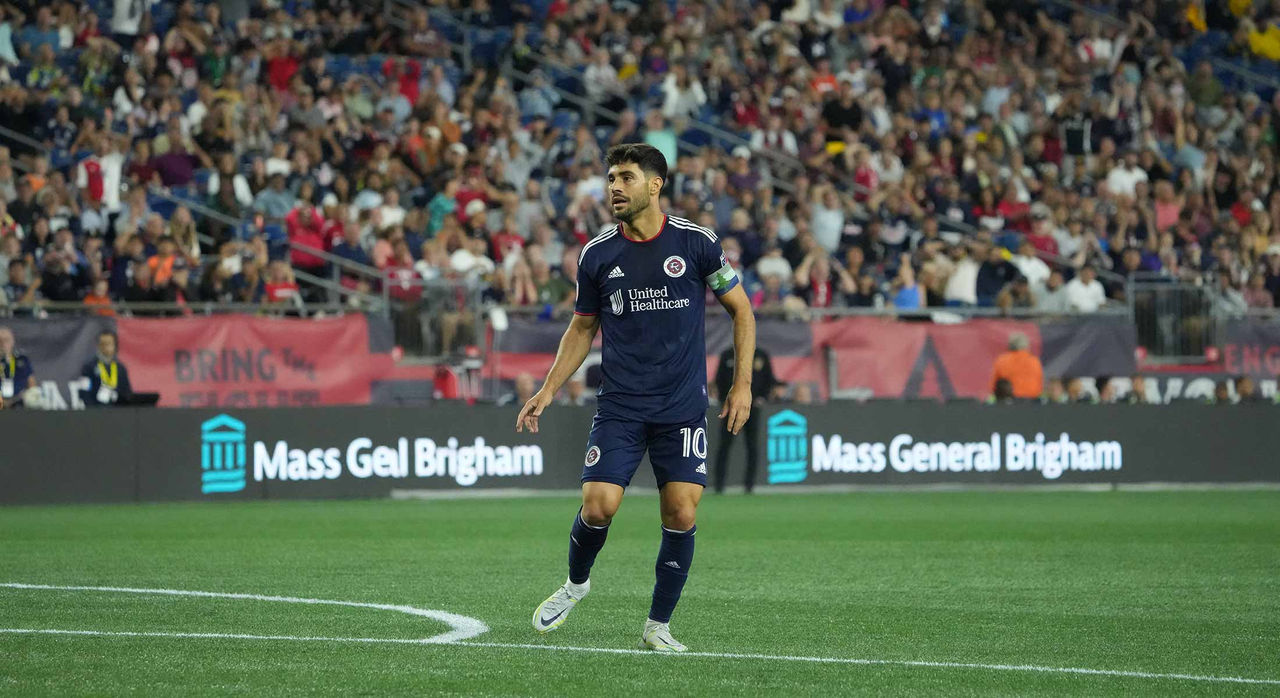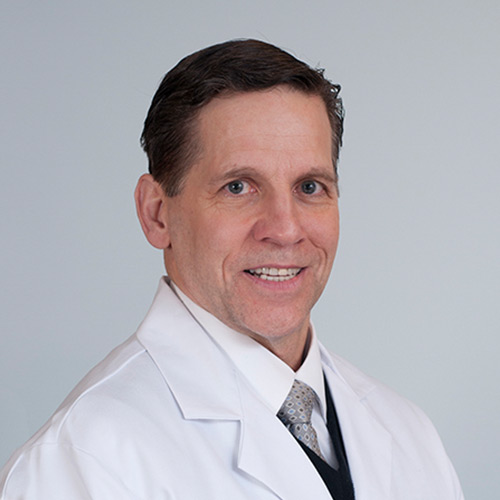-
- Find Care
-
- Visitor Information
- Find a Location
- Shuttles
- Visitor Policies
-
-
- Our Virtual Care Options
- Virtual Urgent Care
- Virtual Visits for Primary & Specialty Care
- Online Second Opinions
- Participate in Research
-
- Contact us
-
- For Innovators
- Commercialization Guide for Innovators
-
-
- Research News
- Alzheimer's Disease
- Artificial Intelligence
-
- Overview
-
- Overview
- Getting Started
- New to Mass General Brigham
- International Patient Care
- What Is Patient Gateway?
- Planning Your Visit
- Find a Doctor (opens link in new tab)
- Appointments
- Patient Resources
- Health & Wellness
- Flu, COVID-19, & RSV
- Billing & Insurance
- Financial Assistance
- Medicare and MassHealth ACOs
- Participate in Research
- Educational Resources
- Visitor Information
- Find a Location
- Shuttles
- Visitor Policies
- Find Care
-
- Overview
- Our Virtual Care Options
- Virtual Urgent Care
- Virtual Visits for Primary & Specialty Care
- Online Second Opinions
-
- Overview
- Participate in Research
-
- Overview
- About Innovation
- About
- Team
- News
- For Industry
- Venture Capital and Investments
- World Medical Innovation Forum (opens link in new tab)
- Featured Licensing Opportunities
- For Innovators
- Commercialization Guide for Innovators
- Contact us
-
- Overview
- Information for Researchers
- Compliance Office
- Research Cores
- Clinical Trials
- Advisory Services
- Featured Research
- Two Centuries of Breakthroughs
- Advances in Motion (opens link in new tab)
- Brigham on a Mission (opens link in new tab)
- Gene and Cell Therapy Institute
- Research News
- Alzheimer's Disease
- Artificial Intelligence
-
- Overview
-
- Overview
- Residency & fellowship programs
- Brigham and Women's Hospital
- Massachusetts General Hospital
- Mass Eye and Ear
- Newton-Wellesley Hospital
- Salem Hospital
- Integrated Mass General Brigham Programs
- Centers of Expertise
- Global & Community Health
- Health Policy & Management
- Healthcare Quality & Patient Safey
- Medical Education
- For trainees
- Prospective trainees
- Incoming trainees
- Current trainees
- Continuing Professional Development
Work Hard, Play Hard: Q&A with Scott Martin, MD, Medical Director of the New England Revolution
 Carles Gil, New England Revolution midfielder.
Carles Gil, New England Revolution midfielder.
Scott Martin, MD, wears many hats within Mass General Brigham Sports Medicine. He is an orthopedic surgeon and researcher, operating on and studying a spectrum of joint injuries. He also directs the Sports Medicine Fellowship Program, recruiting and training the sports clinicians who will carry on this work in the future. As the medical director for the New England Revolution soccer team, he works to keep the players healthy and safe on and off the field. In this Q&A, he discusses his work with the Revolution and how that work inspires his work with athletes of all ages and abilities.
Q: Can you describe your work as head team doctor for the New England Revolution?
Martin: Our medical team is there to evaluate, diagnose, and treat the athlete when they do get injured and to monitor their progress throughout their recovery period. We want to make sure they have a safe return to their highest level of competition.
We also take care to guide them and instruct on preventing certain injuries that may be avoidable with proper training and conditioning techniques.
With professional soccer players, as with many high-level athletes, there are no real days off. They are training all year round to compete, including scrimmaging against each other as well as against other teams, official games, and incessant practice.
When an athlete gets injured, they are not only our player but our patient. They continue coming in to the training center for medical treatments, regular evaluations on their progress, and guidance for safe return to full competition.
And what people don't realize is the team plays with the same intensity in training. They scrimmage against each other, and it’s still extremely physical because everyone is trying to play to the best of their ability to get that starting position. Nobody in soccer wants to sit on the bench. They love the sport and sitting on the bench kills them.
The medical team may be in the periphery, but we are part of the team. We take care of all the players’ medical problems. Sometimes they come in and ask us about old injuries preemptively. We have an open line of communication with players. We treat them like we would our families.
Q: What is your role on a game day?
Martin: First we’ll attend a pre-game clinic where we review any players who need to be cleared before we hand in our roster. We’ll look at all our injured players before the game. Sometimes we’ll do ultrasounds and review ongoing injuries. After the game, we look at any new injuries, along with the old ones we’ve been rehabbing concurrently.
We do all our rehabilitation right at the stadium in the training facility. There are always a lot of moving parts, and as the head physician, I need to work with my team to communicate and coordinate the care of our players including with everyone involved. This includes trainers, physical therapist, strength and conditioning coaches, chiropractors, the coaches, and additional medical specialists on staff.
Q: How do you collaborate with other doctors and the trainers for the team?
Martin: The biggest collaboration within the team is between the head athletic trainer and me. It’s a very close relationship. I speak with the trainers every day. For everything to run smoothly, we need clear, transparent, and open communication with everyone involved in caring for the athletes. This is key when you’re covering any sport, but especially at the professional level.
We also communicate with the coaches, so that everyone is on the same page before an athlete can return to training and full participation in games. But we also have a full team of clinicians, physical therapists, chiropractors, and even dentists, if a player needs it. We take care of all the medical needs for the players.
Q: What do you find particularly rewarding about working with professional athletes?
Martin: We treat high school, collegiate, and professional athletes. But at the professional level, these athletes are at the pinnacle of the athletic expertise to play their sport. It’s their vocation. This is their career. Soccer players are probably the most well-conditioned athletes in the world. It’s really unbelievable to see what they can do, every day.
Working with the players and watching from the sidelines, I really get to appreciate what they go through to play during those 90 minutes. They are constantly sprinting, changing direction, and controlling the ball without using their upper extremities.
The average distance that our players will run, depending on their position, is about 7 to 10 miles in one game. And they do the same thing in training almost every day. They do that all year round in all kinds of weather. In New England, it can be 90 degrees or 30 degrees. This year, in our first two games, we played with a blanket of snow on the field.
They’re heading the ball, leg kicking, pivoting, and sprinting. Most injuries are not the ones you see where someone might take a fall. The players received terrible abrasions, contusions, lacerations, and sometimes dislocations. The game is extremely competitive, and there’s a lot more physicality allowed in the game than there was 5 to 8 years ago. It’s become more of a contact sport. When an athlete goes down, he’s not a player anymore, he’s now my patient, and we take care of them no matter what the injury has occurred.
Q: What do you take from your work with professional athletes that you apply to your work with amateur athletes?
We treat everyone similar as we do our professionals. We have the utmost respect for every single patient, whether they are weekend warriors or entering their eighth decade of life and just enjoy a casual pickleball game. We want everyone to enjoy life, stay active, and stay healthy.
Studies show that when you decrease activity and you’re not increasing your heart rate by exercising on a regular basis, your health can decline over time, especially as we age. Our work with elite athletes shows us how you can push the limits of activity, while staying healthy. Much of what we have learned can be applied to the weekend warrior. Amateur athletes are not constantly training, so they are more likely to get an overuse injury. But when you come to see me, you’re getting the same care that our professional athletes receive.
Q: What do you think is special about Mass General Brigham Sports Medicine?
Martin: We work with four professional sports teams. We also work with college and high school athletes. We see athletes from many different sports and all different levels of competition. We do this day in and day out, just like our athletes. They train every day, and we train every day, taking care of them. We're working just as hard in our practice to take care of our patients as we are on the field to take care of our players. And that applies to our research. We are doing research to try to make new discoveries on how we can get a player back in the game safely, how can we get them to heal more quickly, and on preventative measures to stop them from getting injured in the first place. There may be people who work as hard as we do, but nobody works harder to care for their athletes and patients than we do.
